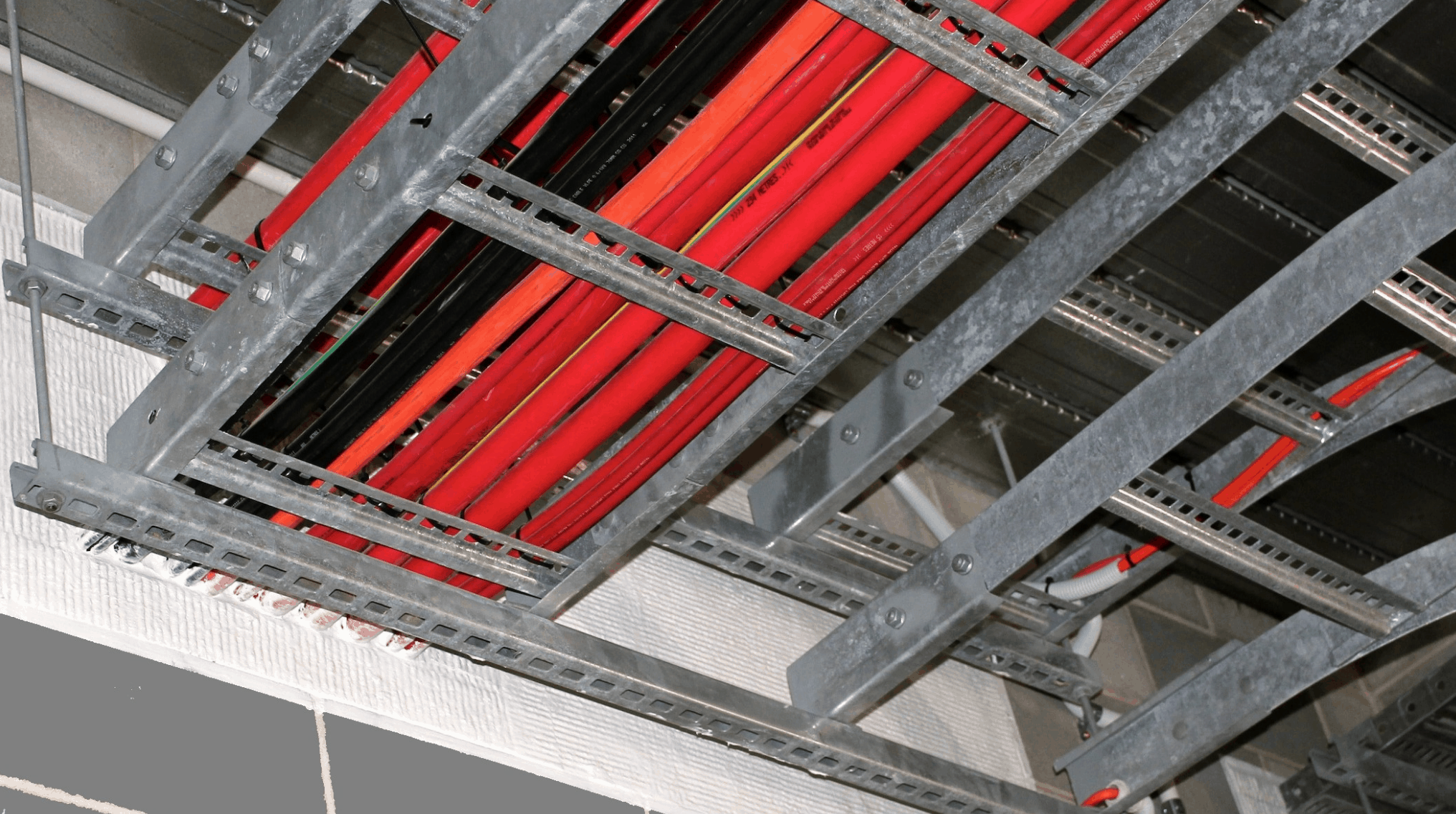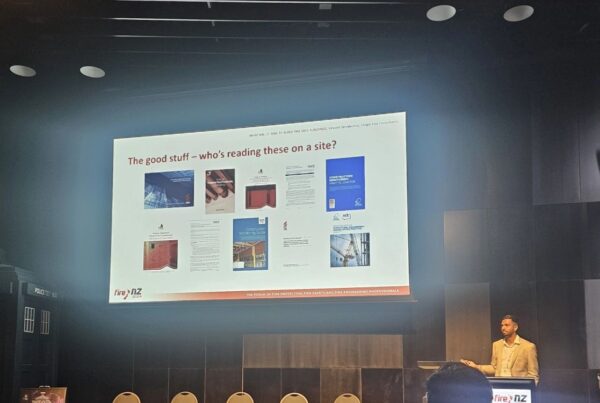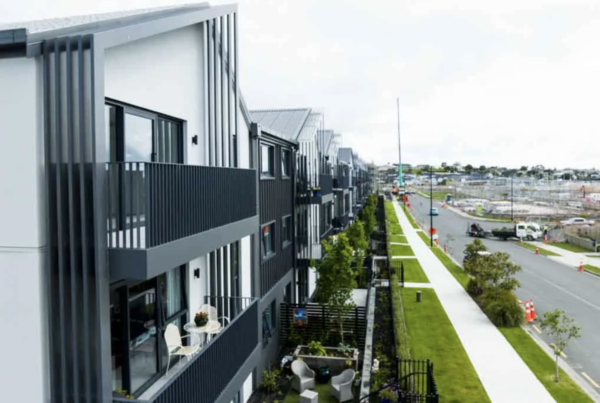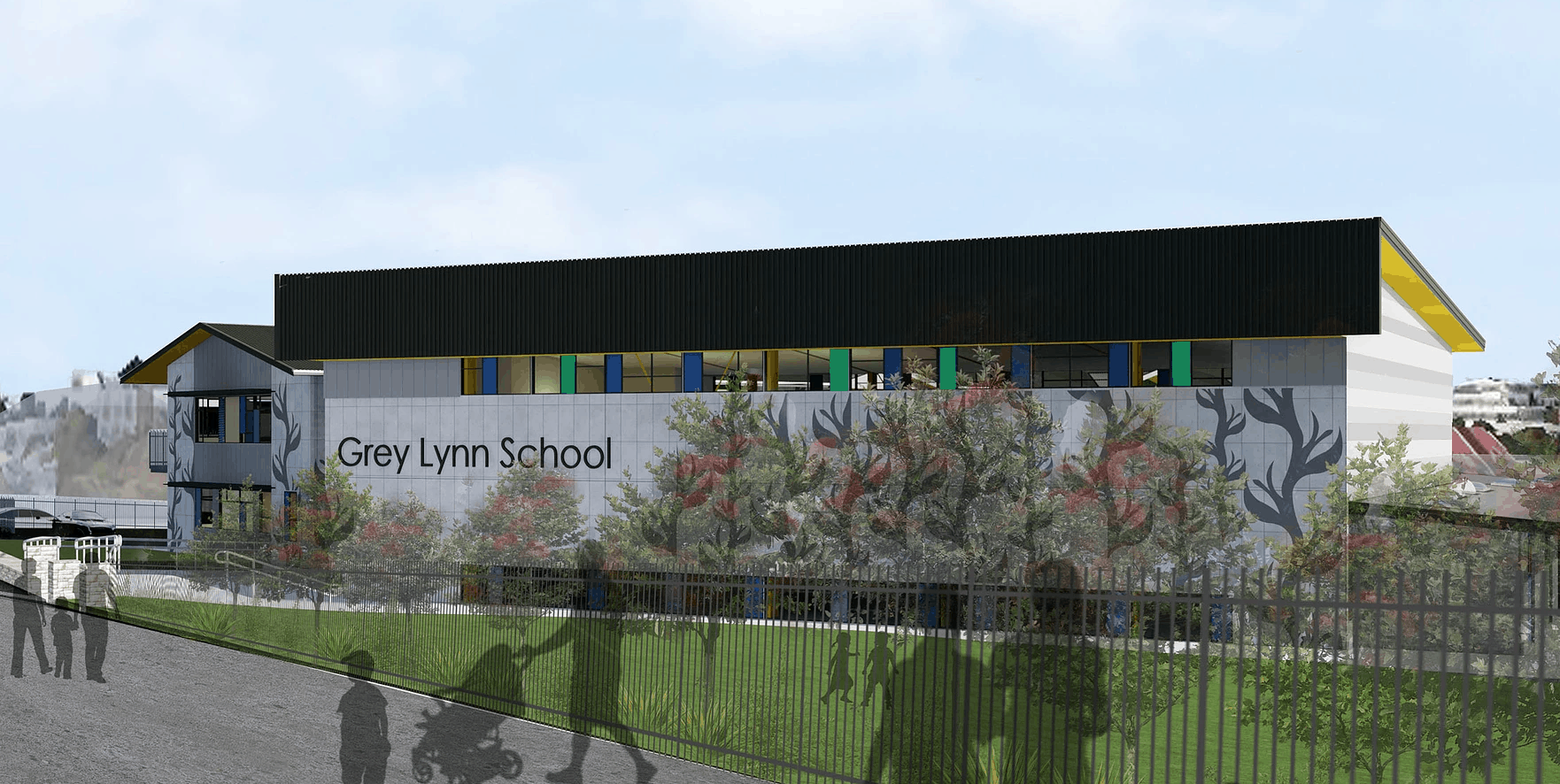Fire Stopping in the design phase; why it’s so important
Firestopping or Passive Fire Protection is the use of construction elements within a building that are designed to prevent or delay the spread of fire, smoke, and heat from passing through multiple building compartments. The spread of a fire is contained by creating fire resistant compartments, which subdivide the building (vertically or horizontally). Any penetrations through different fire compartments need to be sealed to maintain the performance of the fire rated construction.
Limiting the spread of fire between building compartments allows time for occupants to evacuate the building and so firefighters can perform initial search and rescue tasks.
Traditionally, passive fire was not designed, and installers only installed products during construction. Often the wrong products were selected, products were installed incorrectly, or were not installed at all. Products were often installed as an afterthought, and insufficient room was provided to install the products which meant that cables, pipes, and ducts were bunched together in a way that did not allow for the installation of tested compliant systems. Including firestopping during the design phase gives the opportunity to plan the design with sufficient room to install firestopping and select and review appropriate products and systems.
Designing firestopping in the design phase is one of the best ways to get the most cost-effective and safest outcome for building owners. Investing time during the design phase of a project will greatly reduce the overall construction time and cost, so it’s vital to get it right from the beginning.
Design teams that have included firestopping in the design phase report that it provides them with a better understanding of the systems which are going to be involved. They can also design or amend their design to accommodate firestopping and reduce costs. Engaging contractors and subcontractors earlier also speeds up the building process, with better control over the time, cost and co-ordination. A full detailed design in the design stage will enable consenting authorities a more comprehensive understanding of the project and design, resulting in a more efficient consent process.
Passive fire protection is compulsory for buildings which have fire separations, and in existing buildings this has often been carried in a non-compliant manner. If the building has a Code Compliance Certificate then the Independently Qualified Person (IQP) carrying out the inspections for the annual building warrant of fitness should be alerting the owner to any passive fire defects in walls and floors that are required for means of escape from fire. When an alteration to a building is carried out, the passive fire protection for the entire building needs to comply with the Building Code for means of escape from fire as near as is reasonably practicable. This will require an assessment of the existing passive fire protection by a fire engineer to determine what is reasonably practicable to repair.
After a building is completed and has received a Code Compliance Certificate a Compliance Schedule will be issued which lists all the specified systems that need to be maintained. Firestopping and passive fire is a specified system. Each year periodic checks need to be made on all specified systems to ensure they remain compliant. When the IQP has completed all their inspections and maintenance they are able to apply for the annual building warrant of fitness.
Although passive fire safety is not as visual as active fire safety systems such as fire alarms and sprinklers, passive fire protection restricts the spread of fire and smoke throughout a building where a fire has started, reduces the rapid spread of fire up or down the face of a building, protects neighbouring buildings, and saves lives.
To learn more about the passive fire safety services that Origin Fire offers, please contact us for a consultation or discussion.



